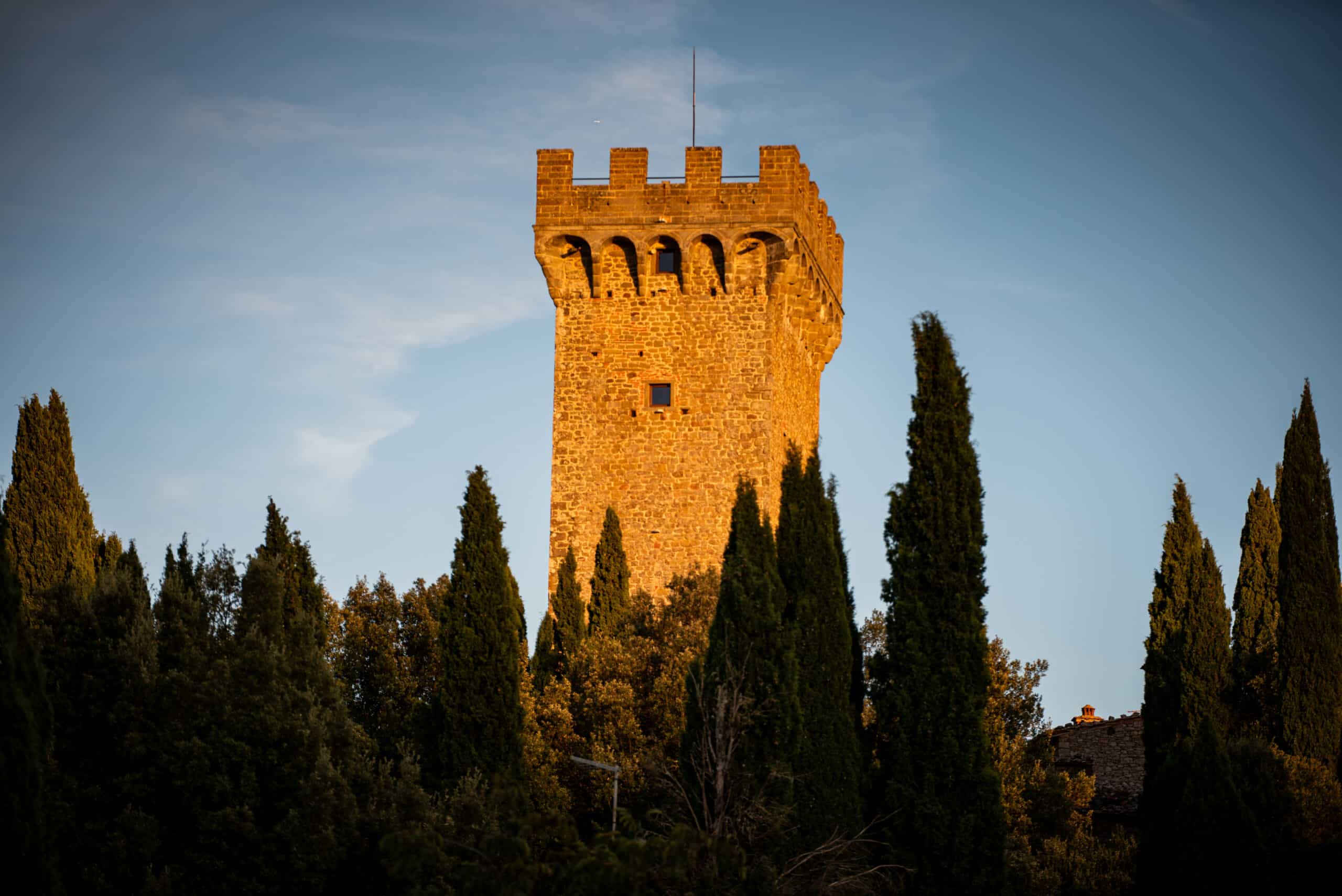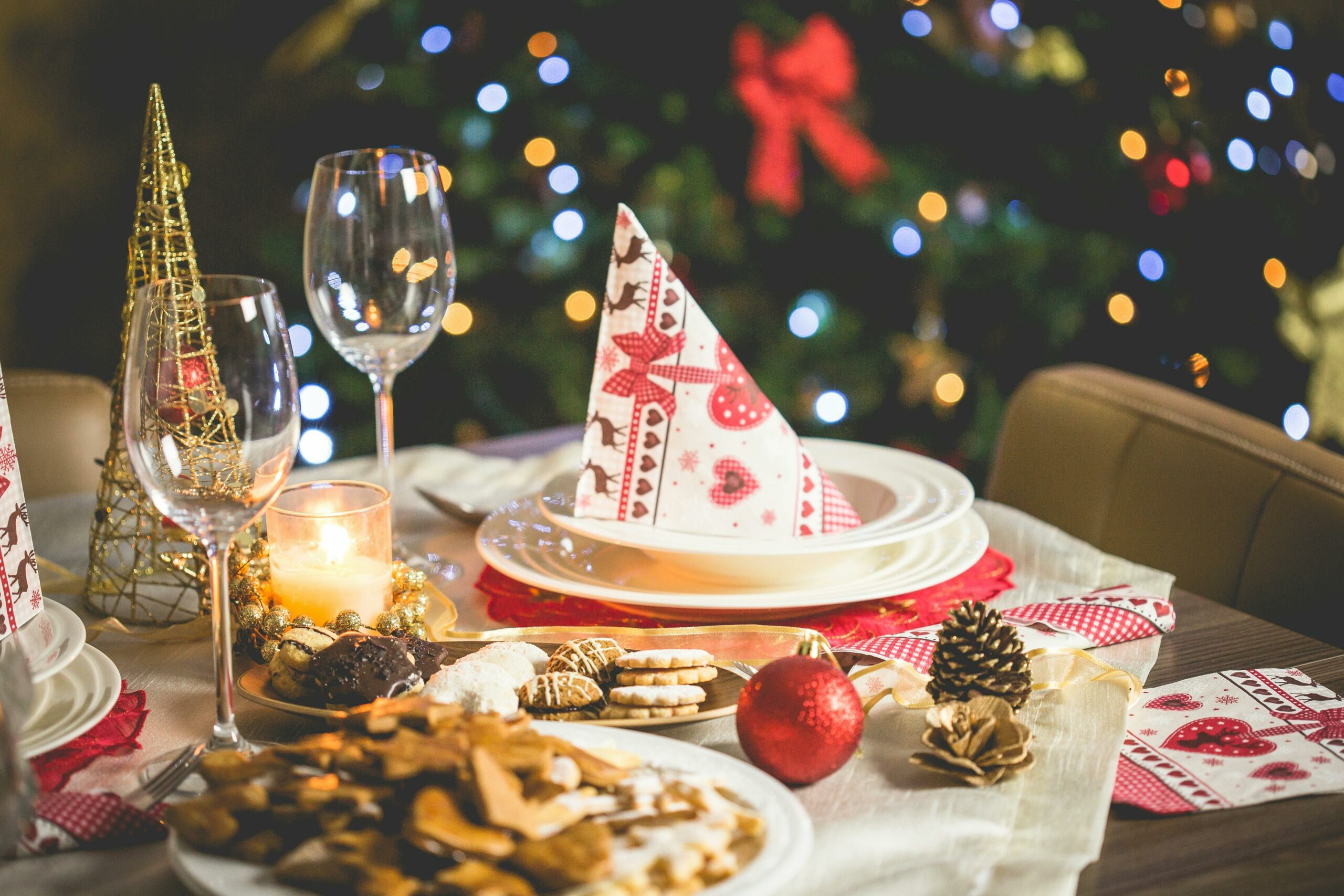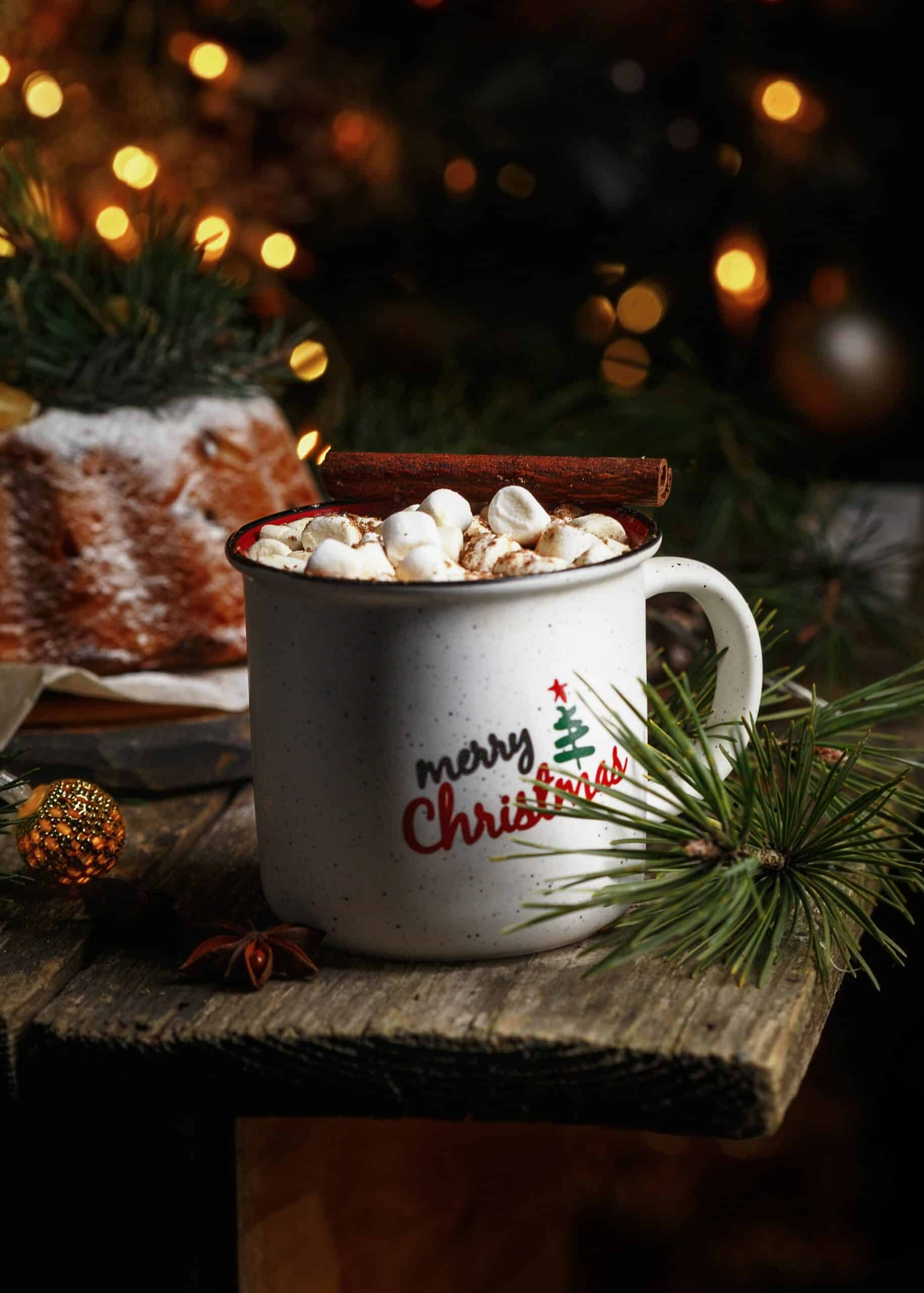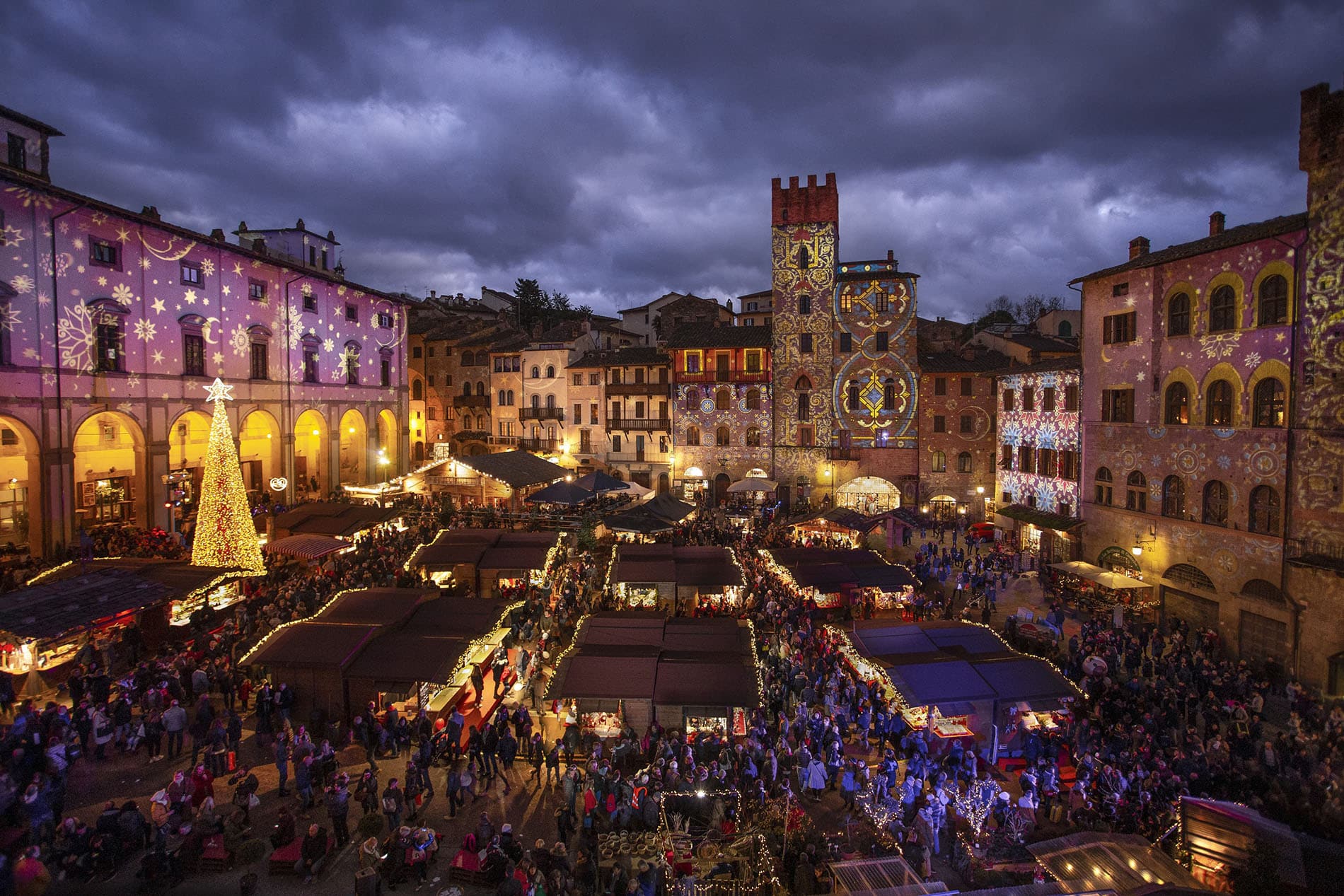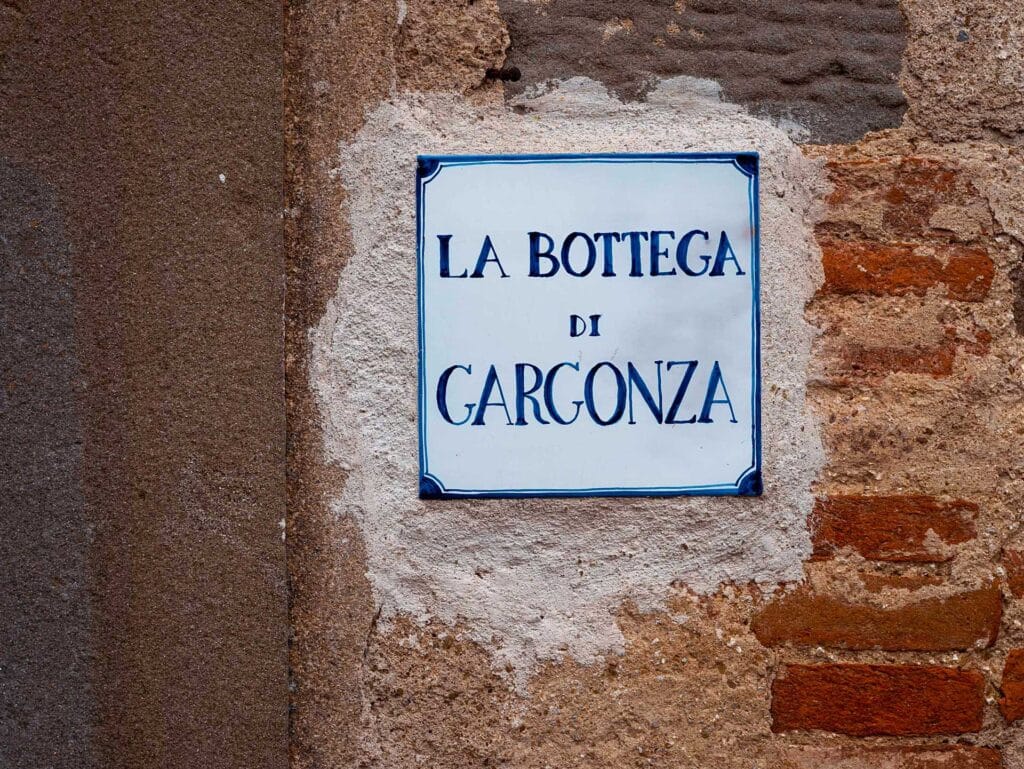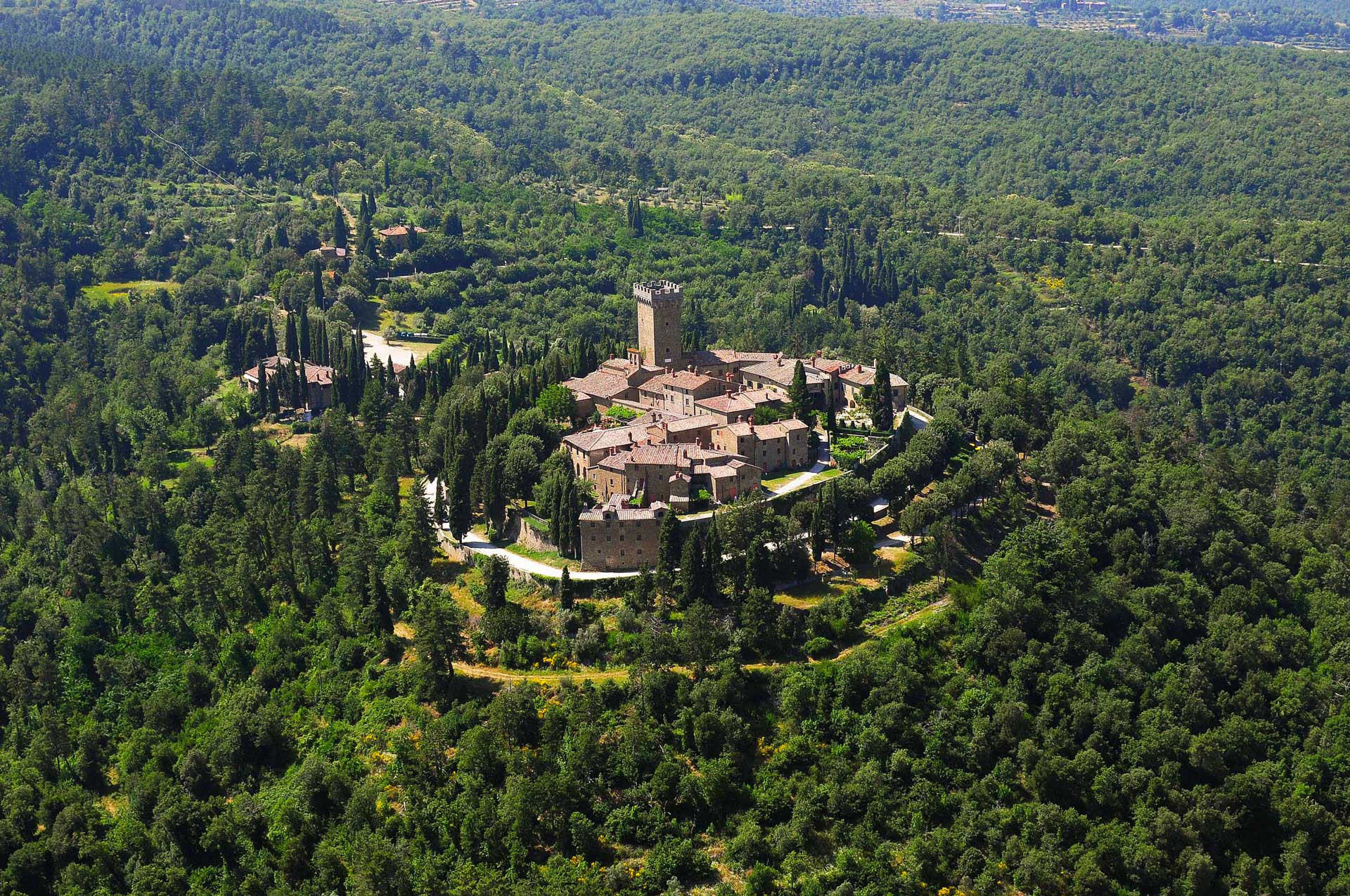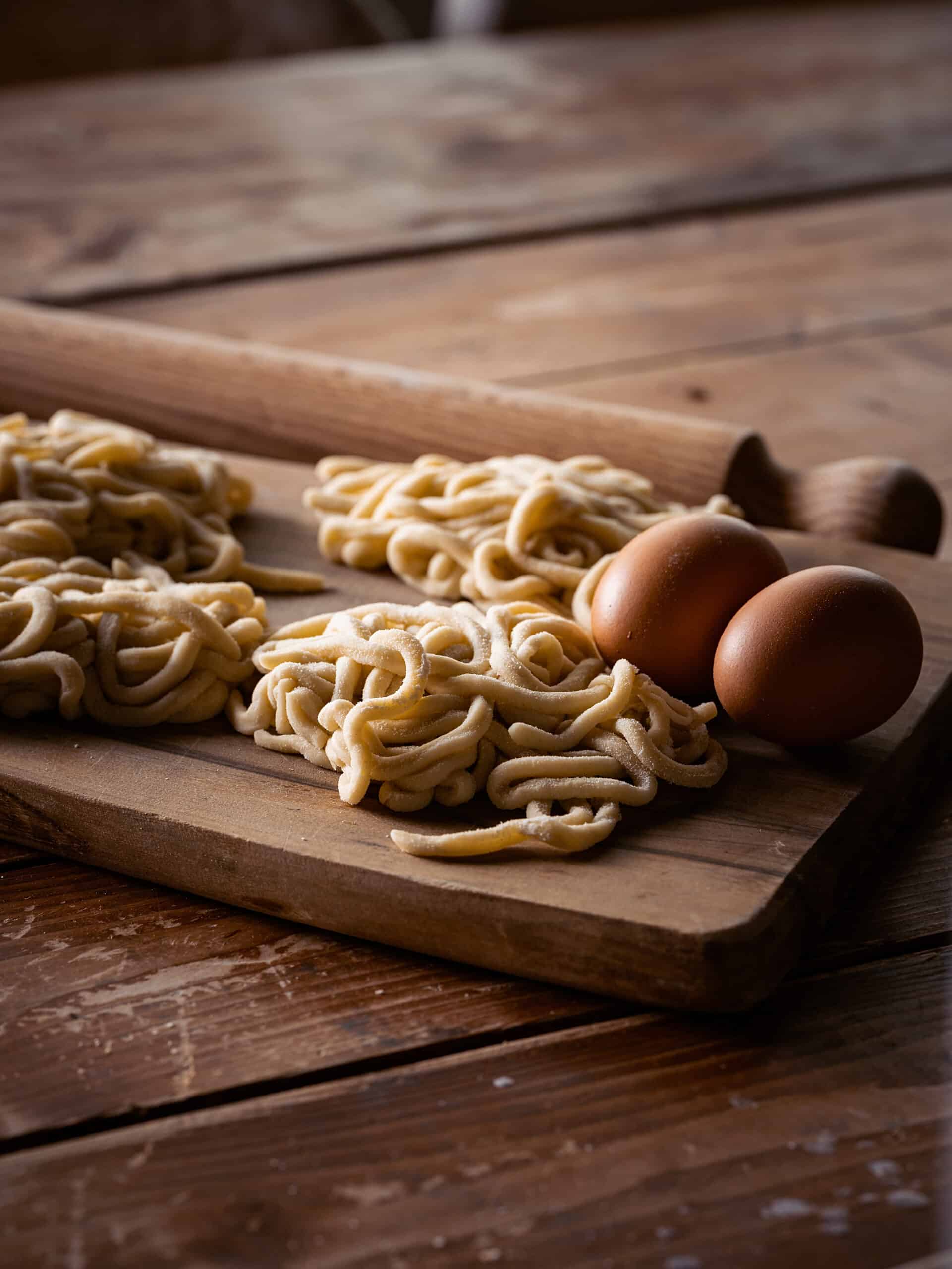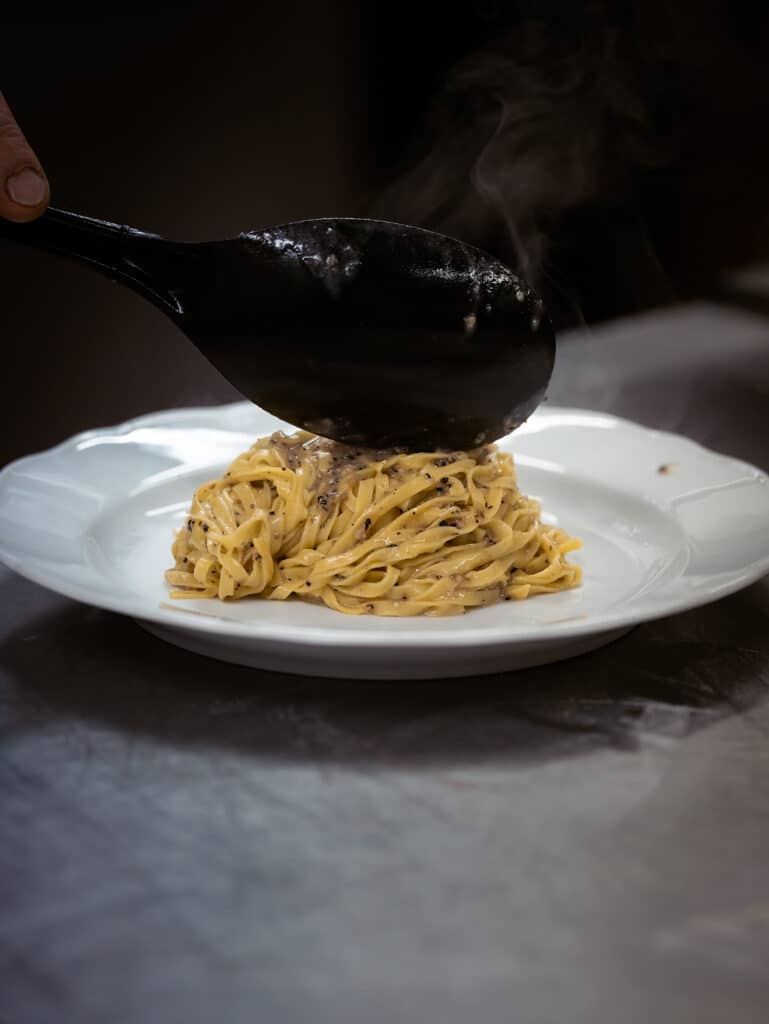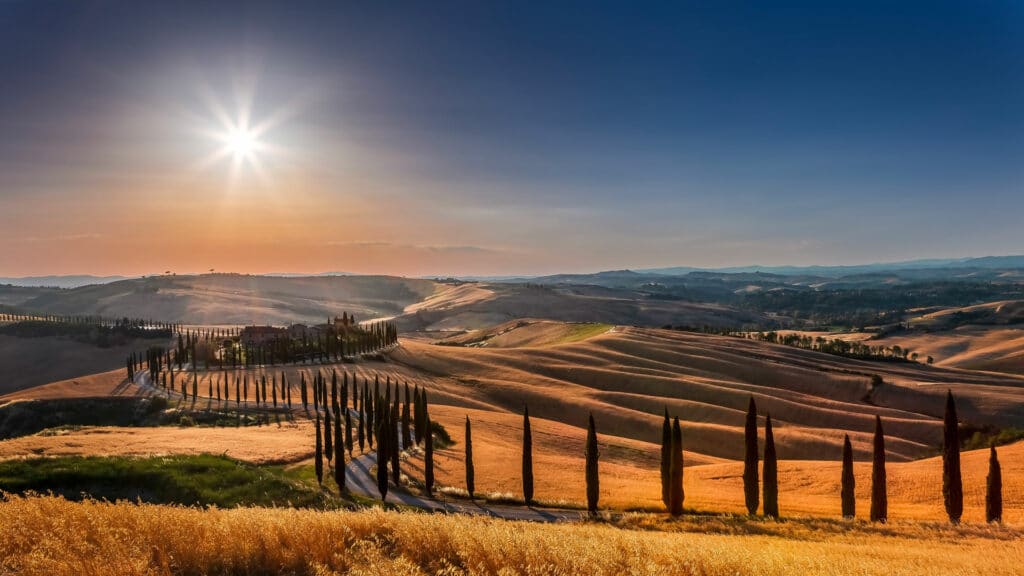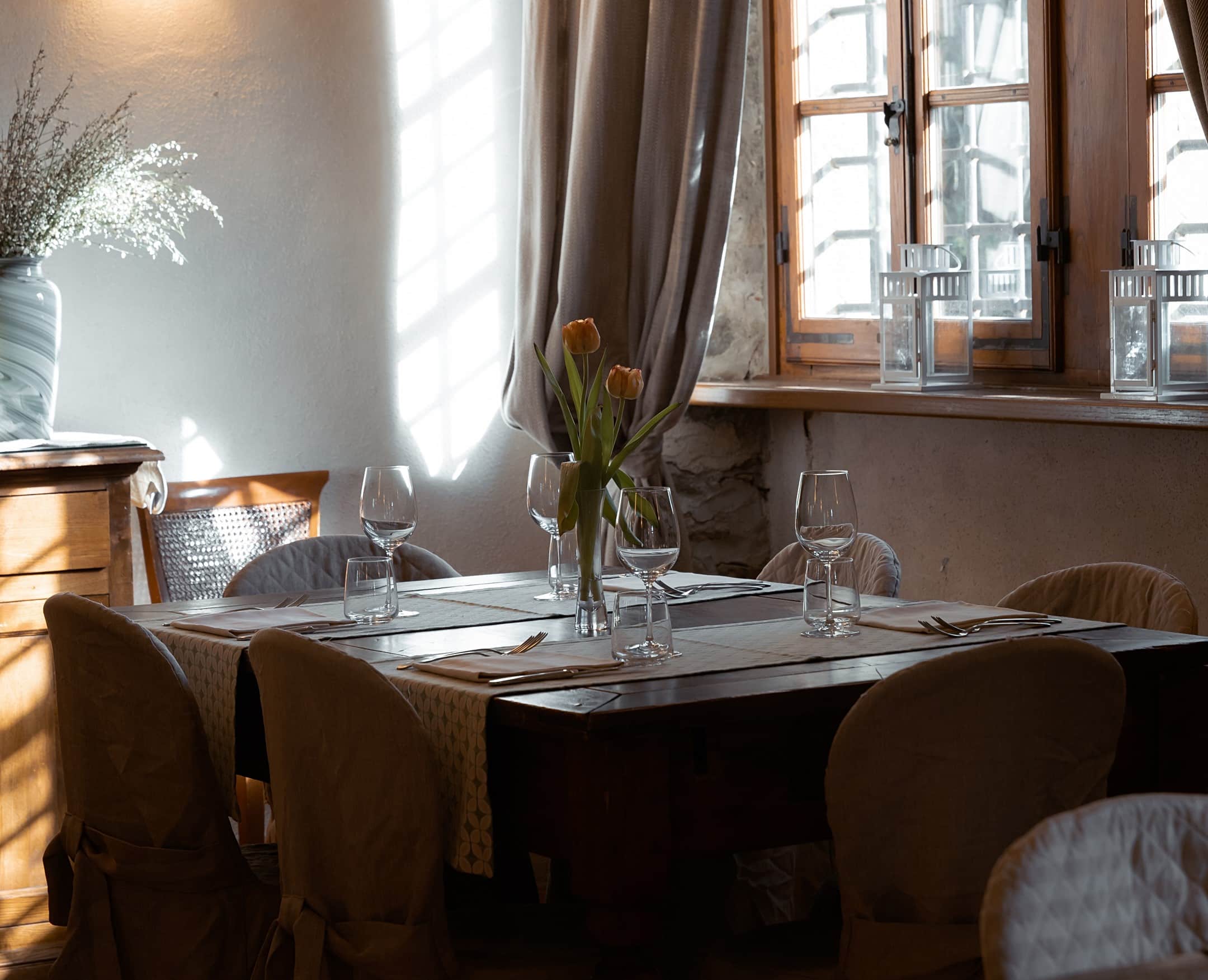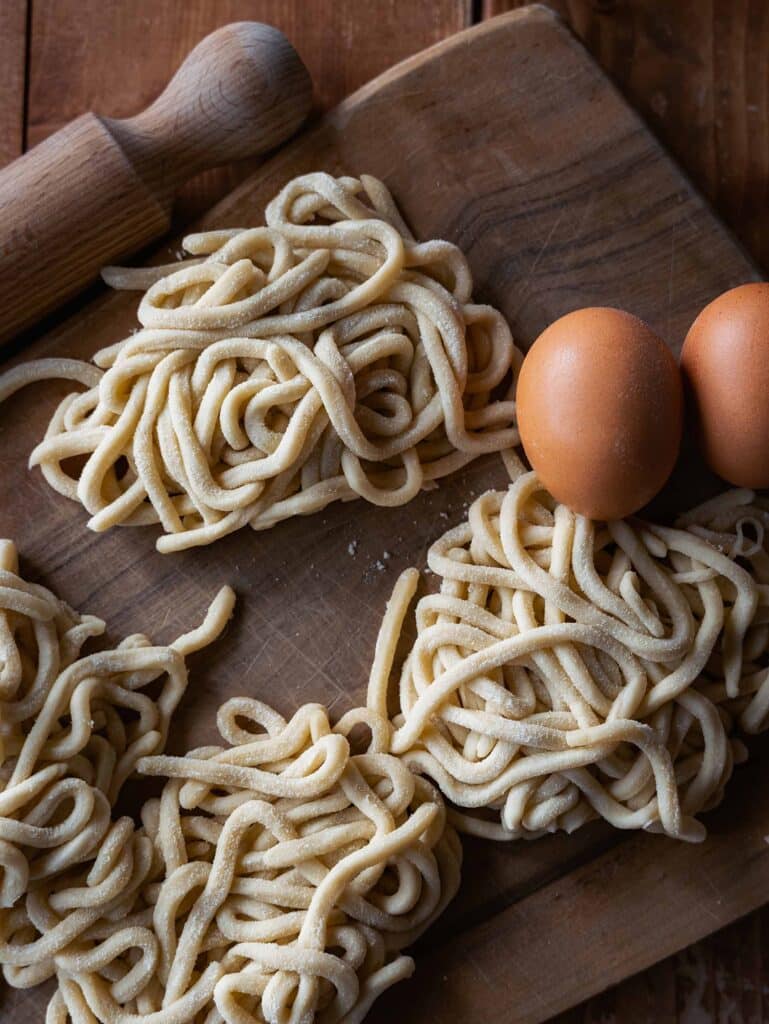What rooms were there in a medieval castle besides the bedroom? In castles where nobles once lived, the main rooms used for dining and sleeping by the lord, his family, and his knights were located in the keep, the rectangular tower within the castle walls. The keep (sometimes also called the donjon) is the strongest and tallest tower of the castle, built to be the most secure and safe place.
Compared to early castles, later ones began to incorporate round towers because rectangular ones could be attacked at the corners, which were the weakest parts.
Most castles are situated on a hill, why? The choice of location has always been strategic: this way, potential enemies would have to attack uphill, and the castle occupants could see them coming in advance.
How castle walls were constructed
Castle walls were very thick, sometimes up to five or six meters. The projecting rounded parts were called bastions. Archers defending the castle could shoot arrows from these against enemies attacking the walls. Arrows could also be launched through narrow openings in the walls called “murder holes.” Castle battlements were often designed so defenders could take cover behind them while striking the attacking army.
Enemies, to counter the defense, typically used enormous catapults or battering rams, or a kind of giant crossbow called an arbalest. They would ascend special ladders that could be launched and hooked onto walls, holding shields above their heads while defenders dropped rocks or poured boiling oil on them. A mixture of boiling oatmeal was also used, acting like a deadly porridge that stuck to the attacking soldiers.
Most castles had a moat or a water-filled ditch around the walls to make it more difficult for attackers to pass. Sometimes, attackers dug tunnels under the moat and walls, causing parts of the walls to collapse into the water.
Another way to enter a castle was by using a “siege tower“.
Castle Siege Towers
What was a siege tower? It was a tall wooden tower on wheels that could be moved close to the walls. Attackers on top of the tower would reach the castle walls using their own wooden bridge.
Sometimes, the attacking army simply surrounded the castle and waited for those inside to run out of food and surrender. However, since all castles kept a ready supply of food, these sieges could last up to two years.
The outer wall of a castle was called the Bailey. Inside the Bailey were buildings where livestock, horses, and the lord’s servants lived.
The Keep
In medieval castles, much of the lord’s and his followers’ life took place in the Keep. The keep represents a fortified tower that, in addition to its defensive role, also served as a residence for the nobility and garrisons during the Middle Ages. Sometimes, it had both a curtain wall and its own moat, accessible through a specially designed entrance not directly connected to the outside.
Inside the castle, there were also rooms for food storage. These rooms had to be stocked with food to last in case of a siege. Usually, there was a well so that people in the castle could obtain fresh water. There were kitchens for preparing daily meals and pantries where food for daily use was stored. There were also the Great Hall and bedrooms. The Keep could be as tall as 70 meters, with a watchtower where sentinels kept an eye out for any attacks, and the lord’s banner fluttered from the top.
What Were the Castle Rooms Like?
The Great Hall
The most important room in a castle was the Great Hall. This is where all members of the family sat down to eat at tables set for each meal. It was the venue for special events or when there were guests. King Arthur’s Pentecost feast took place in such a hall.
In this hall, the lord conducted almost all castle affairs, giving orders on managing his estate, listening to reports from his judicial officer or reeve (men who managed his land affairs for him), and hearing complaints from each of them.
A fire was lit in the center of the hall, and the smoke could escape through a hole in the roof. Even with the fire, the large stone room was very cold in winter, and the inhabitants or guests always wore thick woolen clothes and furs to stay warm. The floor was often covered with rushes and straw (changed when very dirty). There wasn’t much light because windows had to be small and high in case of an attack, and instead of glass, they had oiled cloth or parchment. Most people in the Middle Ages went to bed when it got dark and woke up when it was light in the morning.
Candles were too expensive (especially beeswax ones) even for the lords of many castles. They used tallow candles (made with sheep or goat fat), flickering torches, or lamps burning fish oil to illuminate their Great Halls.
For decoration, the beams of the hall were often painted with patterns. Zodiac signs were among the favorites. Tapestries were hung on the walls (also making the environment somewhat warmer). There were wooden tables and benches, with cushions or embroidered tablecloths. There were also large carved wooden chests with elaborate locks that contained important documents, linens, or precious items to keep them away from thieves and mice.
The Bedroom
Rats were a problem for clothes, and in the bedroom, there was a pole for hanging clothes at night so that rats wouldn’t nibble on them. People didn’t wear anything to bed except maybe a nightcap (nightshirts weren’t worn until the 14th century), and they slept semi-upright.
The Kitchen
Food was roasted or boiled in cauldrons over the fire of a hearth made of large stone blocks. Dishwashing was done in a basin on the nearby stone floor.
A wealthy knight, his family, and guests ate well. Unlike most people, they had plenty of meat: deer, goose, rabbit, and hare. On Fridays and holidays, when meat was forbidden by the church, they ate fish or eels. If there was a special feast, kitchen staff were busy preparing wild boar, roasted swan, or even roasted peacock served with all its feathers as decoration. Other birds appreciated in the Middle Ages were doves, larks, thrushes, and finches. Some of these were caught by the lord and his friends while hunting with their falcons.
Sanitary Facilities
Where did people go to the bathroom when living in a castle? Many castles had stone toilets built over holes in the outer walls. These emptied into a pit much lower down. The Teutonic Knights (warrior monks from Central Europe) living in Malbork Castle in Poland were known to kill their enemies by inviting them to be guests at the castle and then throwing them into the toilet.
Medieval castles didn’t have bathrooms with running water, yet people enjoyed bathing. In some castles, next to the kitchen, there was a room where women bathed together.
